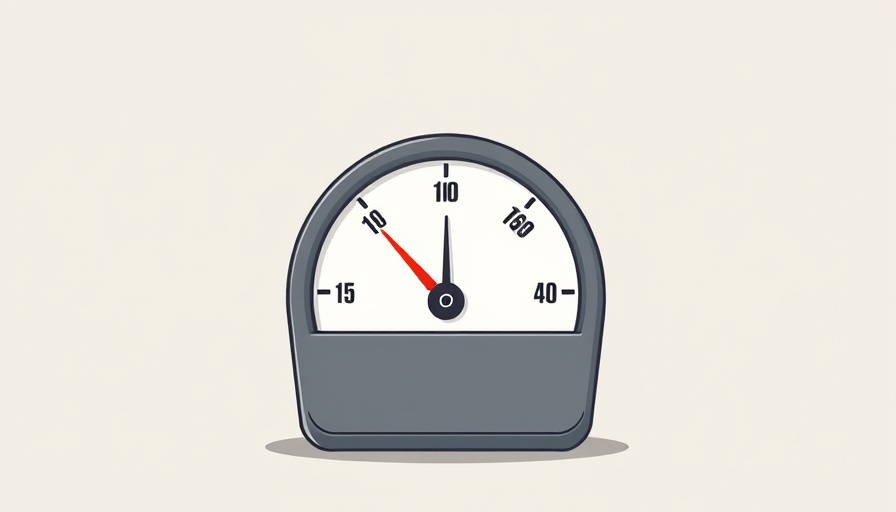
Understanding Medicaid's Improper Payments
In a recent interview on CNN, Russell Vought, former Director of the Office of Management and Budget, claimed that "one out of every $5 or $6 in Medicaid payments is improper." This statement raises significant questions about the integrity of Medicaid and its funding mechanisms, especially as ongoing health policy discussions hinge on perceived inefficiencies within the system.
Defining 'Improper' Payments
According to Medicaid guidelines, improper payments can include those made erroneous to providers or beneficiaries without sufficient documentation. The Centers for Medicare & Medicaid Services (CMS) reported that in their latest evaluations, the actual improper payment rate stood at just over 5%—a figure that is markedly lower than Vought's claim of nearly 20%.
Current Statistics and Perspectives
The CMS reported an improper payment rate of 5.09% for payments totaling $31.10 billion from 2022 to 2024, reflecting a decline from 8.58% in the previous year. In contrast, conservative groups argue that this number fails to capture the true scope of the issue, suggesting an incomplete methodology masks higher rates of errors in payment processing.
The Importance of Accurate Reporting
The implications of overstated improper payment rates are significant. While it's essential to address fraud and waste in Medicaid, misleading figures can obscure the program's effectiveness and provoke potentially harmful cuts to essential services. Accurate, transparent reporting on payment integrity helps preserve critical services for millions of Americans who rely on Medicaid.
What’s Next for Medicaid?
As Medicaid continues to come under scrutiny, the important next step involves reevaluating how improper payment rates are calculated and reported. Policymakers and health advocates must advocate for transparency to ensure that vulnerable populations are not unfairly affected by budget cuts based on exaggerated claims of inefficiency.
 Add Row
Add Row  Add
Add 




 Add Row
Add Row  Add
Add 



Write A Comment